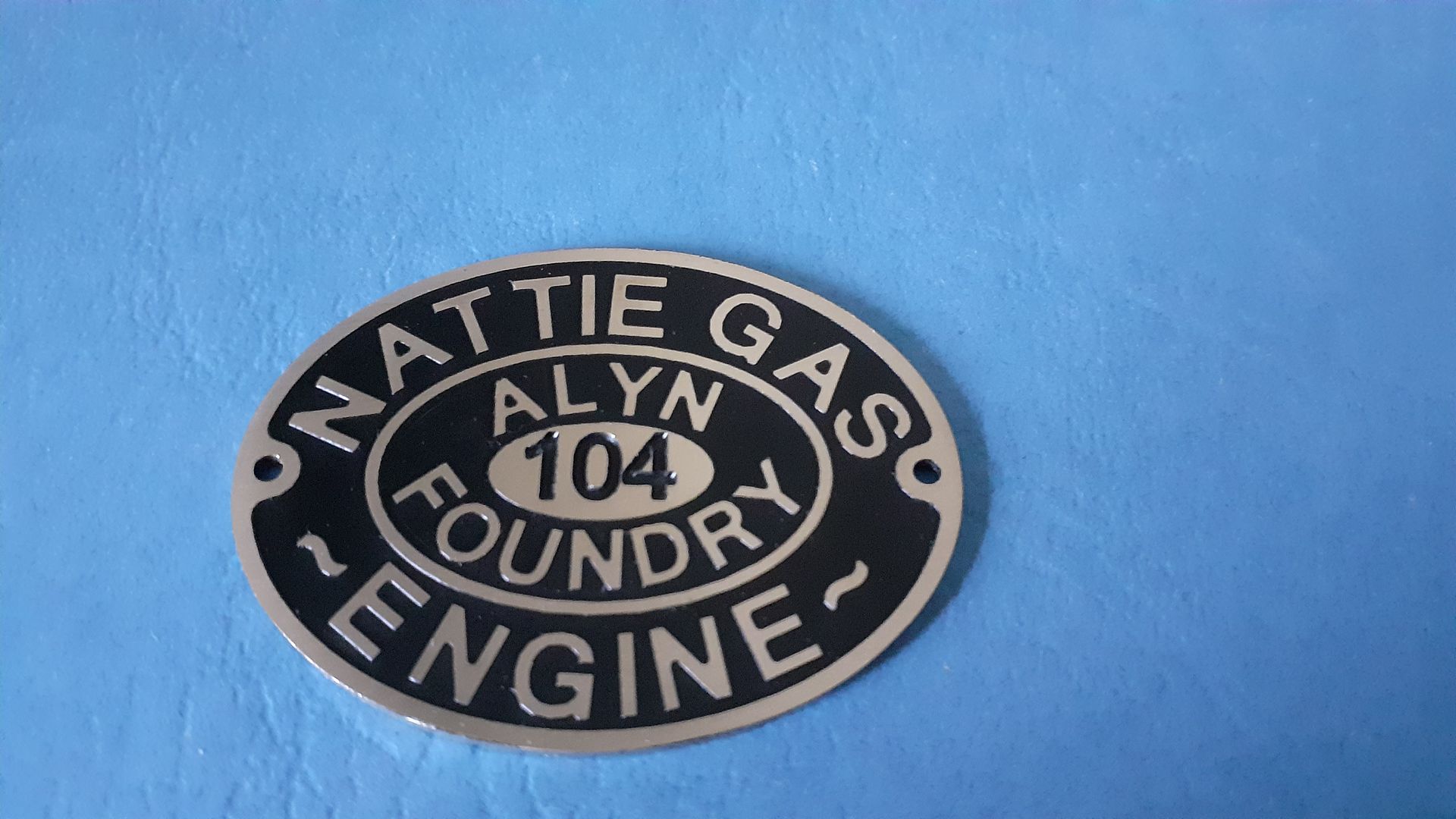Adding coloured infill to embossed graphics?
Adding coloured infill to embossed graphics?
- This topic has 20 replies, 13 voices, and was last updated 1 June 2023 at 17:03 by
 Jon Lawes.
Jon Lawes.
Viewing 21 posts - 1 through 21 (of 21 total)
Viewing 21 posts - 1 through 21 (of 21 total)
- Please log in to reply to this topic. Registering is free and easy using the links on the menu at the top of this page.
Latest Replies
Viewing 25 topics - 1 through 25 (of 25 total)
-
- Topic
- Voices
- Last Post
Viewing 25 topics - 1 through 25 (of 25 total)
Latest Issue
Newsletter Sign-up
Latest Replies
- Source of 8mm Dia flexible stainless steel tubing
- Acceptable feed screw backlash
- Not a dial indicator!
- Metric Thread Cutting Without Conversion Wheel
- Colchester Chipmaster tailstock shimming
- What Did You Do Today 2025
- ME No155 Vol10 pg 359 of 1904
- Stuart Twin Victoria (Princess Royal) Mill Engine
- Hitachi SJ300 VFD problem
- Index cutter for flycutter







